OUTPUT
<<<<<<<<<<<<<<<<<<<<<<<<<<<<<<<<<<<<
01
TRADEMARK
<<<<<<<<<<<<<<<<<<<<<<< USW BA Photography 2023
This publication showcases the work of USW’s BA Photography Graduates 2023, a three-year course delivered from our impressive purpose-built campus right in the heart of Cardiff. As course leader of this ambitious and contemporary course in Photography, I invite you all to spend some time engaging with the rich and diverse projects featured.
It has been a privilege and a pleasure for our staff team to work with these students over the last three years and we wish them all well as they embark on their bright and promising futures, whilst we look forward to welcoming the next generation; so if you’re interested in studying with us and becoming part of our community of learners working to shape the future of photography and visual culture, please get in touch through the USW website.
Peter Bobby: Course Leader BA Photography
Mae’r cyhoeddiad hwn yn arddangos gwaith
Graddedigion BA
Ffotograffiaeth PDC 2023, cwrs tair blynedd wedi’i gyflwyno o’n campws trawiadol pwrpasol yng nghanol Caerdydd. Fel arweinydd y cwrs
uchelgeisiol a chyfoes hwn mewn Ffotograffiaeth, fe’ch gwahoddaf i dreulio ennyd yn mwynhau’r prosiectau cyfoethog ac amrywiol.
Bu’n fraint ac yn bleser
i’n tîm staff weithio gyda’r myfyrwyr dros y tair blynedd diwethaf a dymunwn yn dda iddyn nhw ar drothwy dyfodol disglair ac addawol. Ar yr un pryd, edrychwn ymlaen at groesawu’r genhedlaeth nesaf; felly os oes gennych chi ddiddordeb
mewn astudio gyda ni a dod yn rhan o’n cymuned sy’n gweithio i lunio dyfodol ffotograffiaeth a diwylliant gweledol, cysylltwch â ni drwy wefan PDC.
<<< FOREWORD <<<<<<<<<<<<<<<<<<<<<<<<<<<<<< 05
Peter Bobby: Arweinydd Cwrs BA Ffotograffiaeth
<<< CONTENTS <<<<<<<<<<<<<<<<<<<<<<<<<<<<< 06 Introduction 07 Alice Forde 15 Gareth Williams 19 Maisie Evans 22 Joss Copeman 26 Kseniia Rusu 30 Ffion Lloyd-Jones 34 Abby Wicks 38 Tamzin Ward 42 Rachel Saabor 46 Emma Fadden 52 Vojta Voves 54 Ella Jenkins 58 Ben Peake 61 Holly Holder 63 Megan Hill 68 Caitlin James 72 Alice Hoffland 75 Jack Halford 79 Marshall Edwards 84 Grace Leggett 88 Mareah Ali 94 Amy Masters 98
After meeting the BA Photography cohort, whose work and journeys are celebrated in this publication, I was reminded of poet Fred Moten’s definition of study as a collective practice, ‘study is what you do with other people’ 1. It happens in talking, walking, working, and dancing with others, a coming together to learn. Listening to the students discuss their work and that of their peers, I observed the ways that they held space for each other, their togetherness, and the intersection of their investigations. This publication is a testament to their study.
The energy that unites these graduates’ practices is the complex theme of identity, and they begin by addressing their own, introducing themselves through biometric data, including retina scans and a series of portraits influenced by the conventions of photo ID. Subverting the visual language of official identity verification, which predicates hard borders and surveillance, these graduates emerge
with self-authored IDs that champion resistance, creative freedom, and access.
Our identities traverse space and time. The past isn’t a foreign country; it’s very much present and processed in the images here. Gareth Williams revisits his childhood through abstract close-ups of technicolour postcards of Barry Island juxtaposed with images of its faded facades today. Ben Peake creates an afterlife of his late mother through her possessions, and Megan Hill retrieves lost memories. All three confront family histories to make sense of their present identities.
Navigating how our identities are impacted by mental health is sensitively explored by Ksenia Rusu, whose poignant images reflect on lived experiences of schizophrenia. Her series titled Chasing the Sun reminded me that ‘to turn oneself towards the sun is an act of faith’ 2; we see this strength and vulnerability also in the work of Caitlin James documenting her nan’s
<<< INTRODUCTION <<<<<<<<<<<<<<<<<<<<<<<<<<<<<< 07
Alzheimer’s symptoms and in Scentsory by Rachel Saabor, whose large format portraits portray the impact of smell, a little-known trigger for those living with PTSD. Past selves are reconstructed by Marshall Edwards, who depicts addiction and the process of recovery. Anchor by Ella Jenkins provides a counterpoint to the over-stimulation of modern life, a rest to reset.
Cities and towns are home to national, regional, and collective identities. Sport plays an essential role in local identity, and Grace Leggett considers those working behind the scenes of small rugby clubs to ensure the game’s survival. The built environment and architecture play a defining role in how we see and find our place in the world. This year’s graduates take to the streets to capture buildings, spaces and stories. Cardiff is the focus of Tamzin Ward, who abstracts details from contemporary buildings, while Maisie Evans considers the agency of the city. Ffion Lloyd-Jones
documents the landmark steelworks of Port Talbot, and street life documented by Vojta Voves shows us the universal pressures of everyday existence across different cities.
Our present economic condition is the subject of work by Emma Fadden, who documents the cost-of-living crisis and considers student futures in the context of mounting tuition fees and debt. Despite ever-rising inflation, Instagram regularly reminds me to buy the sofa of my dreams, hoping I’ll forget the precarity of the rental housing market. Can we acquire identity through conspicuous consumption? These editorial lifestyles are challenged by Abby Wicks, who questions the attainability of such inauthenticity. The consumption of fashion is another key communicator of identity. The self-portraits of Alice Hoffland show how clothing manifests personal identity, and Alice Forde examines the pleasure and discomfort of fashion; satisfyingly saturated colours come with unexpected compositions.
<<< INTRODUCTION <<<<<<<<<<<<<<<<<<<<<<<<<<<<< 08
Identity politics is often discussed in divisive ways; however, here we see several nuanced approaches to gender, sexuality, ethnicity, and disability. Through portraiture Jack Halford wants us to rethink our preconceived ideas of masculinity. At the same time, Holly Holder centres the female gaze, engaging with feminist theory to contest the woman as an archetype. Both welcome ambiguity and seek to destabilise the cultural expectations of gender. The work of Mareah Ali engages with deaf identities; as a lip reader, she foregrounds the sculptural gestures of BSL to consider the multiple ways to hear and listen. Tackling the all too often heard phrase, ‘But where are you really from’, Amy Masters considers her own identity as a British Chinese adoptee into a white family and that of other adoptees as a way to open up dialogue about privilege and difference. The impact of political decisions on our identities can be lifelong and Joss Copeman eloquently reflects on the paradoxes of contemporary queer experience post
Section 28, which from 1998 to 2003 prohibited the promotion of homosexuality in schools and local authorities in England and Wales.
Identity is compelling, elusive, and knotty. Cultural theorist Stuart Hall describes identities as ‘...fragmented and fractured; never singular but multiply constructed across different, often intersecting, and antagonistic, discourses, practices and positions’
3. This year’s graduates are deeply engaged with examining this entangled multiplicity to challenge how we understand ourselves, each other, and the world around us, opening up ways of being otherwise in a time of divisiveness and struggle.
1 Stefano Harney and Fred Moten, The Undercommons: Fugitive Planning & Black Study (Minor Compositions, Wivenhoe, 2013), p.113.
2 Hélène Cixous, “Coming to Writing” and Other Essays (Cambridge: Mass., Harvard University Press, 1991), p.129.
<<< SIM PANASER <<<<<<<<<<<<<<<<<<<<<<<<<<<<<< 09
3 Stuart Hall, ‘Who needs Identity?’ in Questions of Cultural Identity, Ed. Stuart Hall and Paul Du Gay (Sage Publications, London, 1996), p.1.
Biography
Sim Panaser is Curator at Chapter Arts Centre in Cardiff, Wales. For over 15 years, working closely with artists, she’s delivered exhibitions and commissions in public museums and galleries across the UK. In addition, she’s acquired artwork for public collections, including Tyne and Wear Archives and Museums and the UK Government Art Collection, specifically supporting the acquisition of underrepresented artists and those in the early stages of their careers.
<<< INTRODUCTION <<<<<<<<<<<<<<<<<<<<<<<<<<<<< 10
Ar ôl cwrdd â’r garfan BA
Ffotograffiaeth, y mae’r cyhoeddiad hwn yn dathlu’u eu gwaith a’u taith, cefais fy atgoffa o ddisgrifiad y bardd Fred Moten o astudio fel ymarfer ar y cyd, ‘astudio yw’r hyn rydych
chi’n ei wneud gyda phobl
eraill’ 1. Mae’n digwydd wrth siarad, cerdded, gweithio a dawnsio gydag
eraill, pobl yn dod at ei gilydd i ddysgu. Wrth
wrando ar y myfyrwyr yn
trafod eu gwaith eu hunain
a’i gilydd, sylwais ar y ffyrdd roedden nhw’n
cynnal lle i’w gilydd, lle gallen nhw fod gyda’i gilydd, a’u hymchwiliadau’n cwrdd a chroestorri. Mae’r cyhoeddiad hwn yn dyst i’w hastudio.
Yr egni sy’n uno ymarfer y graddedigion hyn yw thema ddyrys hunaniaeth, ac maen nhw’n dechrau drwy drafod eu hunaniaeth eu hunain, yn eu cyflwyno eu hunain
trwy ddata biometrig, gan
gynnwys sganiau retina
a chyfres o bortreadau
wedi’u dylanwadu gan
gonfensiynau dulliau
adnabod ffotograffig. Ond
drwy wrthdroi iaith weledol
draddodiadol dulliau dilysu
hunaniaeth swyddogol, sy’n dibynnu ar ffiniau caled ac
sy’n cyfleu gwyliadwriaeth, mae’r graddedigion hyn yn creu eu hieithwedd adnabod eu hunain sy’n rhoi bri ar wrthsefyll, rhyddid creadigol a mynediad.
Mae ein hunaniaeth yn croesi gofod ac amser. Nid gwlad estron mo’r gorffennol; mae’n bresennol iawn ac yn cael ei phrosesu yn y delweddau yma.
Mae Gareth Williams yn ailymweld â’i blentyndod trwy ffotograffau agos
haniaethol o gardiau post technoliwgar o Ynys y Barri wedi’u cyfosod â delweddau
o’r ffasadau fel y maen
nhw heddiw, wedi pylu. Mae Ben Peake yn creu ôl-fywyd
i’w ddiweddar fam drwy ei heiddo, ac mae Megan Hill yn hel atgofion coll. Mae’r tri yn mynd i’r afael â hanesion teuluol i wneud synnwyr o’u hunaniaethau presennol.
Mae Ksenia Rusu yn mynd
i’r afael yn sensitif
â’r ffordd mae iechyd
meddwl yn effeithio ar ein hunaniaeth, mewn delweddau teimladwy sy’n adfyfyrio
ar brofiadau byw gyda
sgitsoffrenia. Roedd ei chyfres o’r enw Chasing
the Sun yn fy atgoffa bod
‘troi tuag at yr haul yn
<<< SIM PANASER <<<<<<<<<<<<<<<<<<<<<<<<<<<<<< 11
weithred o ffydd’ 2; gwelwn y cryfder a’r bregusrwydd hwn hefyd yng ngwaith
Caitlin James sy’n cofnodi symptomau Alzheimer ei nain ac yn Scentsory gan
Rachel Saabor, y mae ei phortreadau fformat mawr yn portreadu effaith arogleuon, sy’n sbardun na ŵyr llawer amdano i bobl sy’n byw gyda PTSD. Mae hunaniaethau o’r gorffennol yn cael eu hail-greu gan
Marshall Edwards, sy’n
darlunio dibyniaeth a’r broses wella. Mae Anchor gan Ella Jenkins yn creu gwrthbwynt i fywyd modern a’i dueddiadau i or-gyffroi, cyfle i ailosod a gorffwys.
Mae dinasoedd a threfi yn cynnal hunaniaethau cenedlaethol, rhanbarthol a chyfunol. Mae chwaraeon yn rhan hanfodol o hunaniaeth leol, ac mae Grace Leggett yn ystyried y rhai sy’n
gweithio y tu ôl i’r llenni mewn clybiau rygbi bach i sicrhau bod y gêm yn
goroesi. Mae’r amgylchedd adeiledig a’r bensaernïaeth
yn chwarae rhan ddiffiniol yn y ffordd rydyn ni’n
gweld ac yn dod i ddeall
ein lle yn y byd. Mae
nifer o’n graddedigion
eleni ar y strydoedd yn
cipio delweddau o adeiladau a gofodau, a straeon.
Caerdydd yw ffocws gwaith
Tamzin Ward , sy’n troi manylion adeiladau cyfoes yn haniaethol, tra bo
Maisie Evans yn ystyried pŵer a dylanwad y ddinas.
Mae Ffion Lloyd-Jones yn dogfennu gwaith dur Port Talbot, ac mae’r bywyd
stryd a ddogfennir gan
Vojta Voves yn darlunio
pwysau cyffredinol bywyd
bob dydd mewn gwahanol
ddinasoedd.
Ein sefyllfa economaidd
bresennol yw testun
gwaith Emma Fadden, sy’n
dogfennu’r argyfwng costau byw ac yn ystyried dyfodol
myfyrwyr yng nghyd-destun
ffioedd dysgu cynyddol
a dyled. Er gwaethaf
chwyddiant cynyddol, mae Instagram yn fy atgoffa’n rheolaidd i brynu’r soffa
ddelfrydol, gan obeithio
y byddaf yn anghofio mor anwadal mae’r farchnad
dai rhent. Allwn ni greu
hunaniaeth trwy brynu
pethau? Mae’r ffyrdd hyn
o fyw, y mae’r delweddau
sgleiniog yn dylanwadu
arnyn nhw gymaint, yn cael
eu herio gan Abby Wicks, sy’n cwestiynu pa mor gyraeddadwy mae’r delweddau annilys hyn.
<<< CYFLWYNIAD <<<<<<<<<<<<<<<<<<<<<<<<<<<<< 12
Mae defnyddio ffasiwn yn ffordd allweddol arall o arddangos hunaniaeth.
Mae hunanbortreadau Alice
Hoffland yn dangos sut mae
dillad yn amlygu hunaniaeth bersonol, ac mae Alice
Forde yn archwilio pleser ac anghysur ffasiwn; gyda lliwiau dwys yn arwain at gyfansoddiadau annisgwyl.
Yn aml, mae gwleidyddiaeth hunaniaeth yn cael ei chyfleu fel rhywbeth sy’n gwahanu; ond gwelwn
yma sawl agwedd ystyrlon ar ryw, rhywioldeb, ethnigrwydd, ac anabledd.
Mae Jack Halford am i ni ailfeddwl ein rhagdybiaethau ynghylch gwrywdod. Mae Holly Holder yn rhoi’r drem fenywaidd
wrth ganol popeth, yn ymgysylltu â theorïau ffeministaidd i herio archdeipiau. Mae’r ddau yn croesawu amwysedd ac yn ceisio ansefydlogi disgwyliadau diwylliannol rhywedd. Mae gwaith
Mareah Ali yn ymwneud
â hunaniaethau byddar; fel darllenydd gwefusau, mae’n rhoi ystumiau BSL
wrth flaen ei gwaith ac
yn ystyried y ffyrdd
niferus o glywed a gwrando.
Wrth fynd i’r afael â’r
ymadrodd syrffedus, ‘Ond o ble rydych chi’n dod
mewn gwirionedd?’ Mae Amy Masters yn ystyried ei hunaniaeth fel Tsieinead Prydeinig gafodd ei mabwysiadu gan deulu gwyn, a hunaniaethau pobl eraill gafodd eu mabwysiadu, i agor deialog am fraint a gwahaniaeth. Gall effaith penderfyniadau gwleidyddol ar hunaniaethau bara oes ac mae Joss Copeman yn adfyfyrio ar baradocsau profiadau cwiar ers Cymal 28, a waharddodd hyrwyddo cyfunrywioldeb mewn ysgolion ac awdurdodau
lleol yng Nghymru a Lloegr rhwng 1998 a 2003.
Mae hunaniaeth yn ddifyr, yn eironig, yn haenog. Disgrifia’r damcaniaethwr
diwylliannol Stuart Hall
hunaniaethau fel pethau
sy’n ‘...dameidiog a darniog; byth yn bodoli ar eu pen eu hunain ond yn bethau lluosog wedi’u hadeiladu ar sail sgyrsiau, arferion a safbwyntiau
sy’n aml yn croestorri, ac yn wrthwynebol’ 3 .
Mae graddedigion eleni’n ymgysylltu’n ddwfn â’r
cymhlethdod hwn ac yn
herio’r ffordd rydyn ni’n ein deall ein hunain, ein gilydd, a’r byd o’n cwmpas, yn creu ffyrdd eraill o fod
mewn oes gecrus a rhanedig.
<<< SIM PANASER <<<<<<<<<<<<<<<<<<<<<<<<<<<<<< 13
1 Stefano Harney a Fred Moten, The Undercommons: Fugitive Planning and Black Study (Minor Compositions, Wivenhoe, 2013), t.113.
2 Hélène Cixous, “Coming to Writing” and Other Essays (Cambridge: Mass., Harvard University Press, 1991), t.129.
3 Stuart Hall, ‘Who needs Identity?’ yn Questions of Cultural Identity, Gol. Stuart Hall a Paul Du Gay (Sage Publications, Llundain, 1996), t.1.
o gaffael artistiaid sydd wedi eu tangynrychioli a rhai yng nghamau cynnar eu gyrfaoedd.
Bywgraffiad
Mae Sim Panaser yn Guradur yng Nghanolfan Gelfyddydau Chapter Caerdydd. Ers dros 15 mlynedd, gan weithio’n agos gydag artistiaid, mae hi wedi cyflwyno arddangosfeydd a chomisiynau mewn amgueddfeydd ac orielau cyhoeddus ledled y DU. Mae hi hefyd wedi caffael gwaith celf ar gyfer casgliadau cyhoeddus, gan gynnwys Archifau ac Amgueddfeydd Tyne a Wear a Chasgliad Celf
Llywodraeth y DU, yn cefnogi’n benodol y gwaith
<<< CYFLWYNIAD <<<<<<<<<<<<<<<<<<<<<<<<<<<<< 14

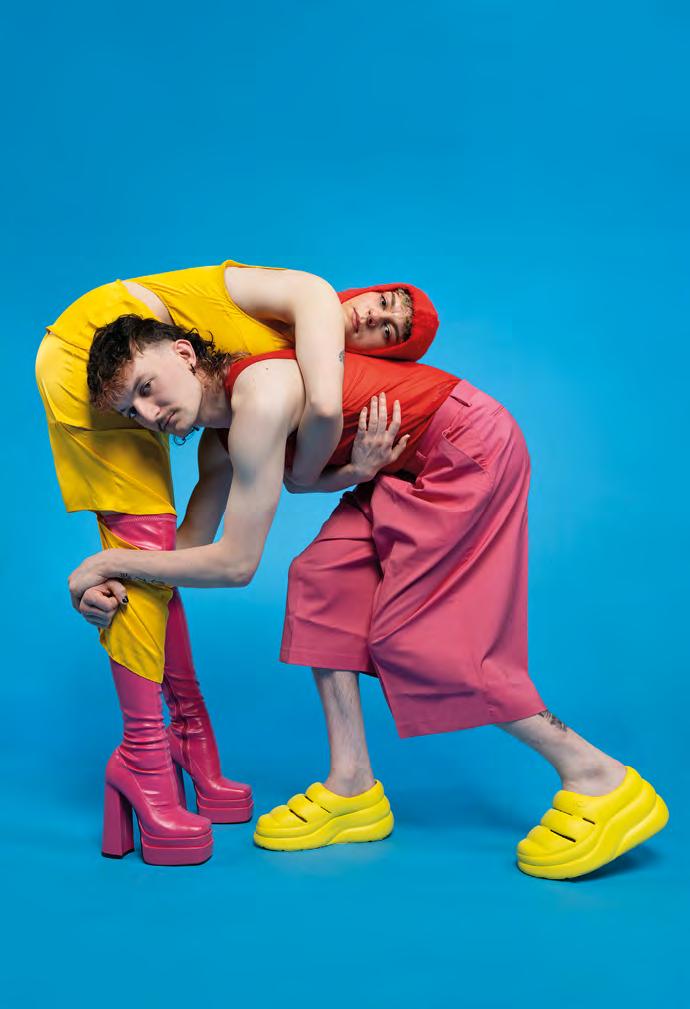
<<< TOUCH ME <<<<<<<<<<<<<<<<<<<<<<<<<<<<<< 16
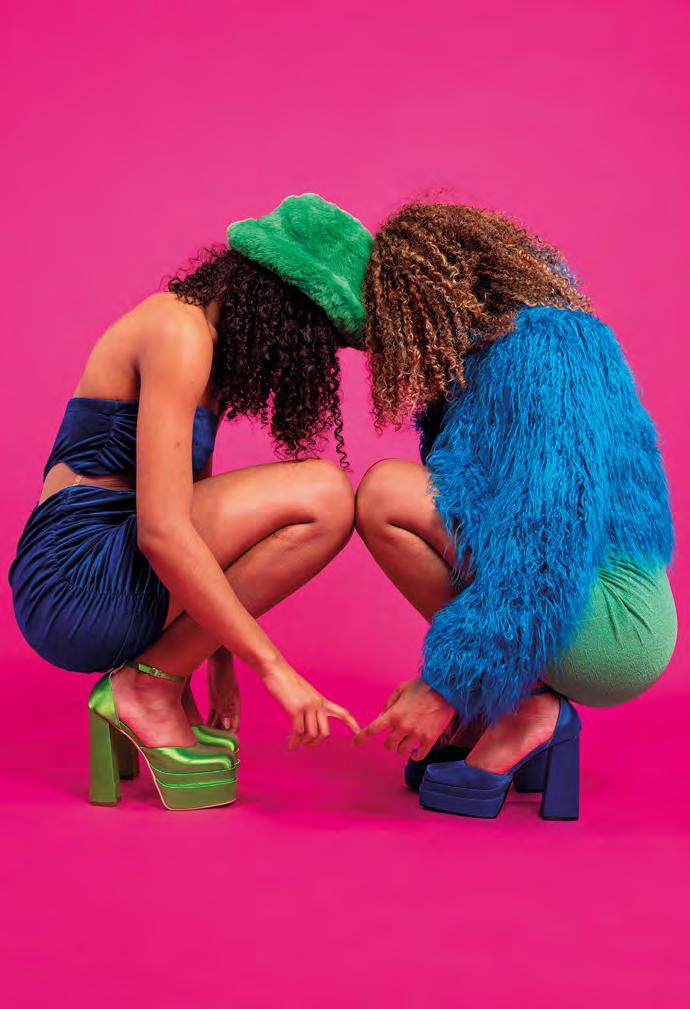
<<< INPUT 106 <<<<<<<<<<<<<<<<<<< ALICE FORDE 17


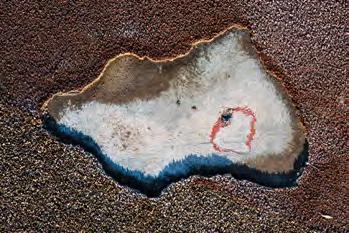
<<< WHEN THE FUN FIZZLES <<<<<<<<<<<<<<<<<<<<< 19


<<< INPUT 108 <<<<<<<<<<<<<<< GARETH WILLIAMS 20



<<< ALLURE <<<<<<<<<<<<<<<<<<<<<<<<<<<<<<<<<<<< 22

<<< INPUT 110 <<<<<<<<<<<<<<<<<<<< MAISIE EVANS 23




<<< 21 YEARS <<<<<<<<<<<<<<<<<<<<<<<<<<<<<<<<< 26


<<< INPUT 112 <<<<<<<<<<<<<<<<<< JOSS COPEMAN 27
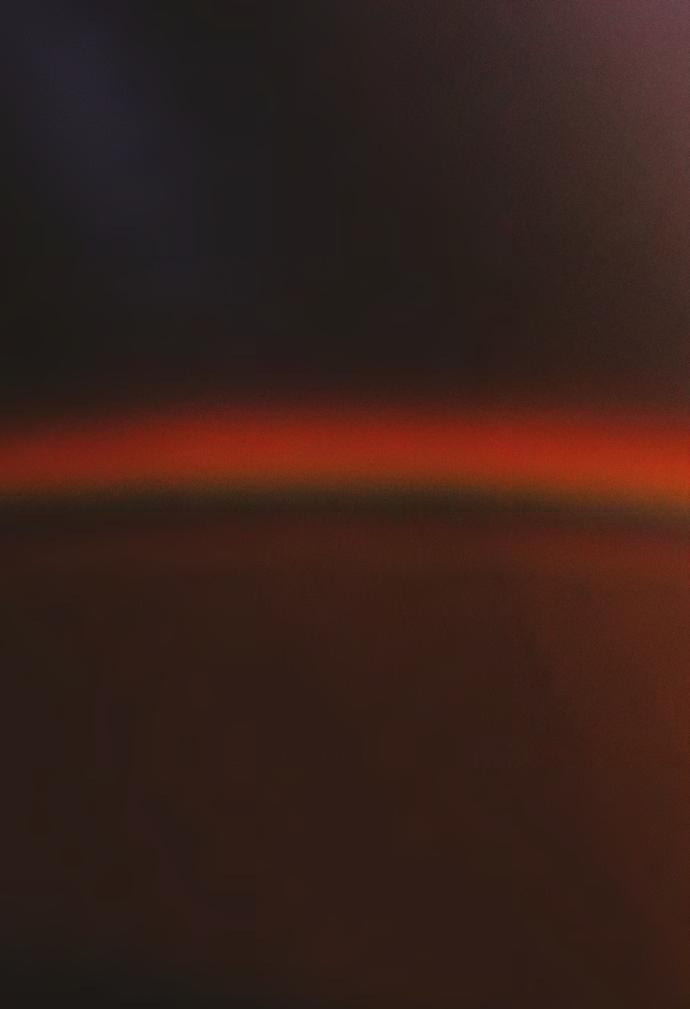

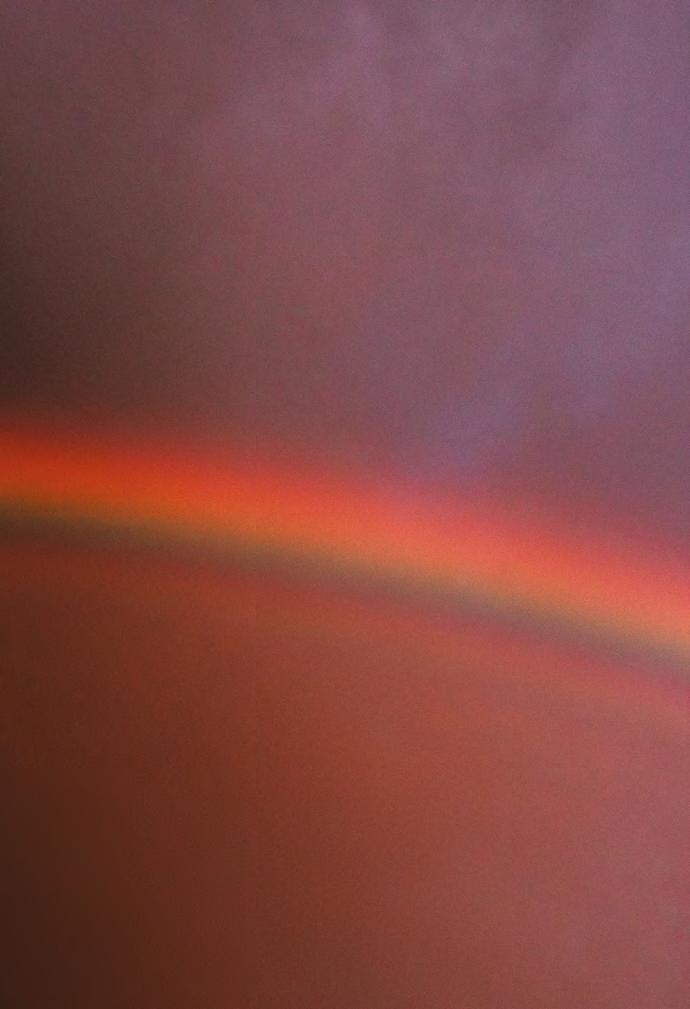


<<< CHASING THE SUN <<<<<<<<<<<<<<<<<<<<<<<<<<< 30


<<< INPUT 114 <<<<<<<<<<<<<<<<<<<< KSENIIA RUSU 31



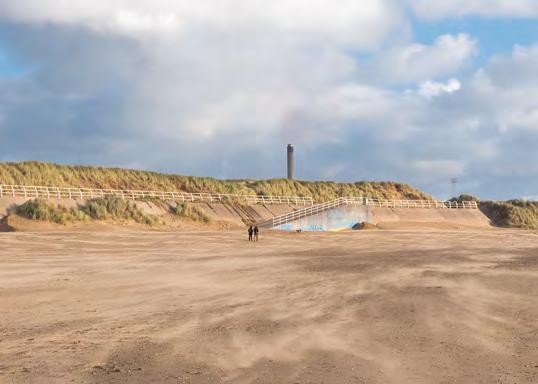
<<< STEELING PORT TALBOT <<<<<<<<<<<<<<<<<<< 34

<<< INPUT 116 <<<<<<<<<<<<<<< FFION LLOYD-JONES 35



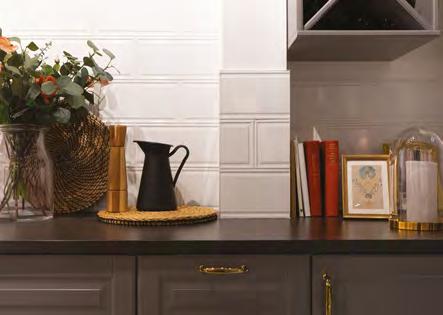

<<< DISRUPTING THE NARRATIVE <<<<<<<<<<<<<<<<<<< 38



<<< INPUT 118 <<<<<<<<<<<<<<<<<<< ABBY WICKS 39



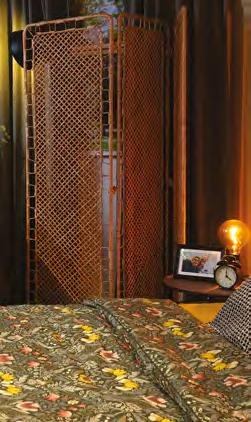



<<< ARCHITECTURE ABRIDGED <<<<<<<<<<<<<<<<<<< 42
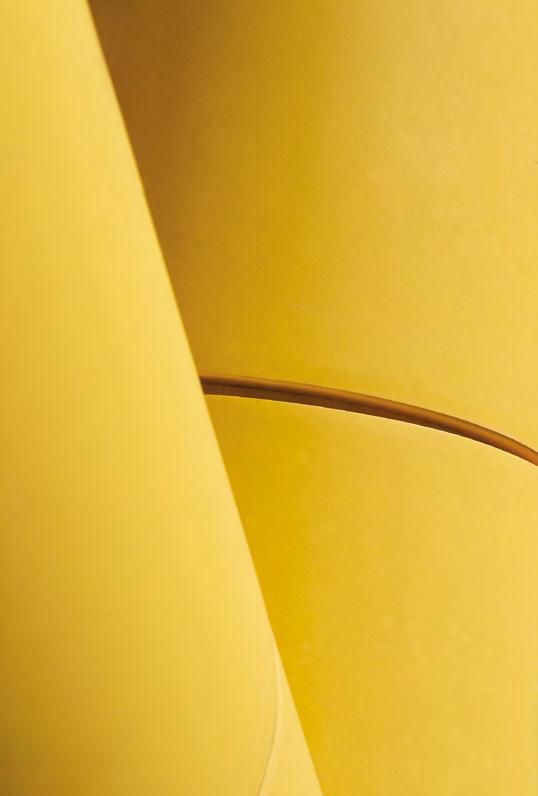
<<< INPUT 120 <<<<<<<<<<<<<<<<<<< TAMZIN WARD 43



<<< SCENTSORY <<<<<<<<<<<<<<<<<<<<<<<<<<<<<<<<< 46

<<< INPUT 122 <<<<<<<<<<<<<<<<<<< RACHEL SAABOR 47
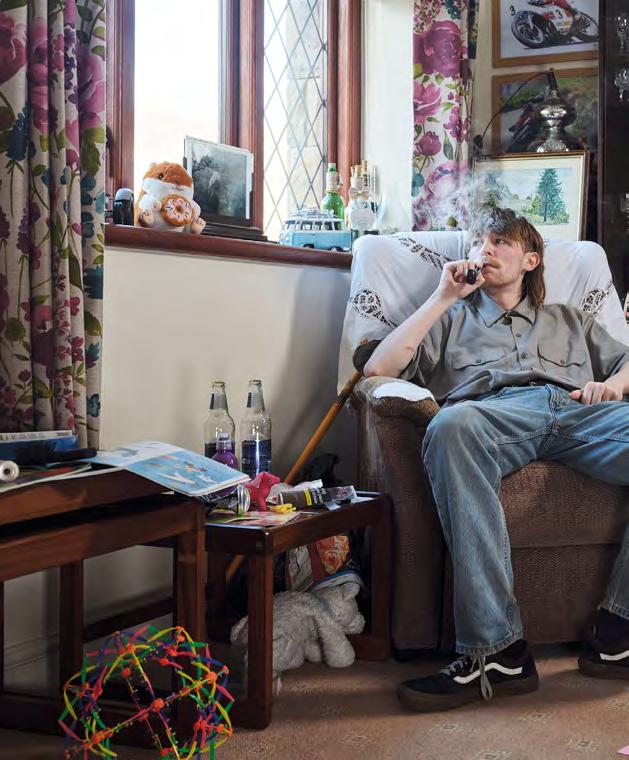




<<< THE FORGOTTEN <<<<<<<<<<<<<<<<<<<<<<<<<<<<<< 52

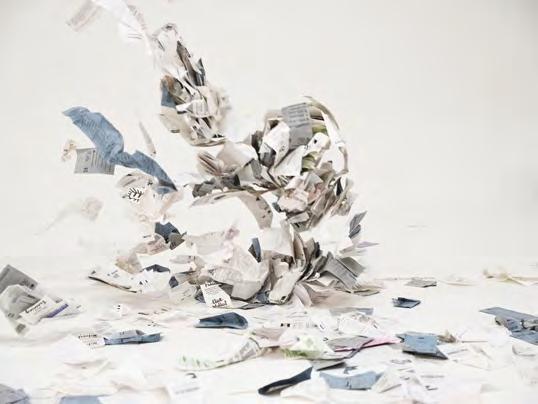
<<< INPUT 124 <<<<<<<<<<<<<<<<<<< EMMA FADDEN 53

<<< THE MEANING OF HIS OWN LIFE <<<<<<<<<<<<<<<< 54

<<< INPUT 126 <<<<<<<<<<<<<<<<<<< VOJTA VOVES 55
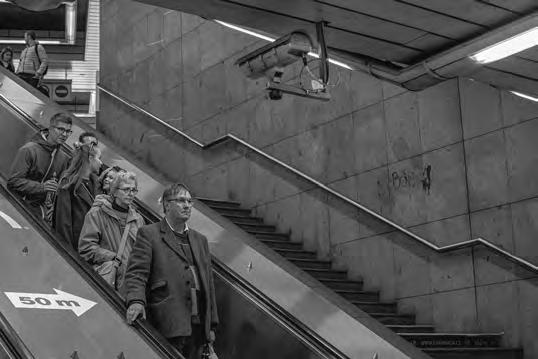


<<< ANCHOR <<<<<<<<<<<<<<<<<<<<<<<<<<<<<<<<<<<< 58

<<< INPUT 128 <<<<<<<<<<<<<<<<<<<< ELLA JENKINS 59
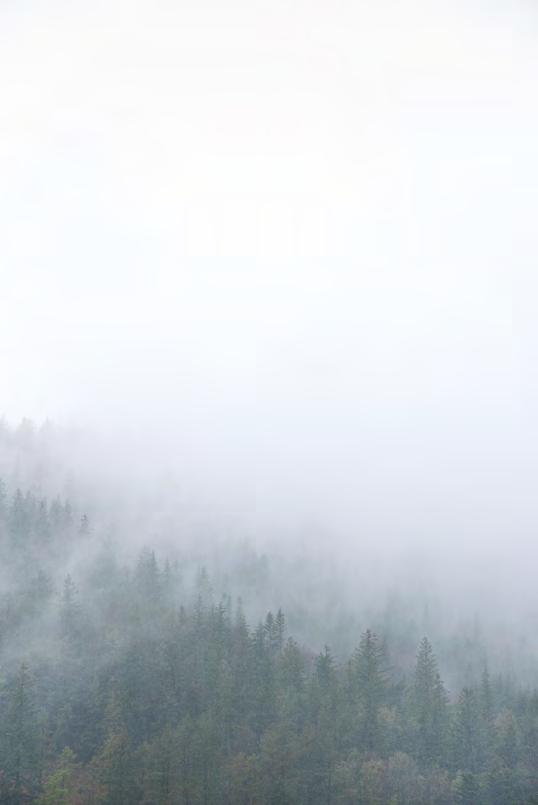

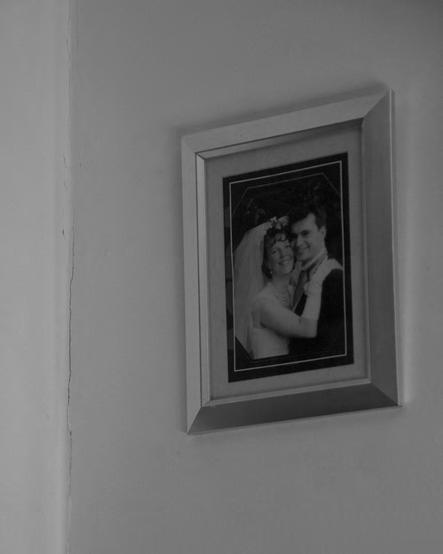
<<< MEMORY <<<<<<<<<<<<<<<<<<<<<<<<<<<<<<<<<<< 61

<<< INPUT 130 <<<<<<<<<<<<<<<<<<<<<< BEN PEAKE 62

<<< LADY <<<<<<<<<<<<<<<<<<<<<<<<<<<<<<<<<<<<<< 63


<<< INPUT 132 <<<<<<<<<<<<<<<<<<< HOLLY HOLDER 64





<<< HE COULD WALK PAST ME IN THE STREET <<<<<<< 68
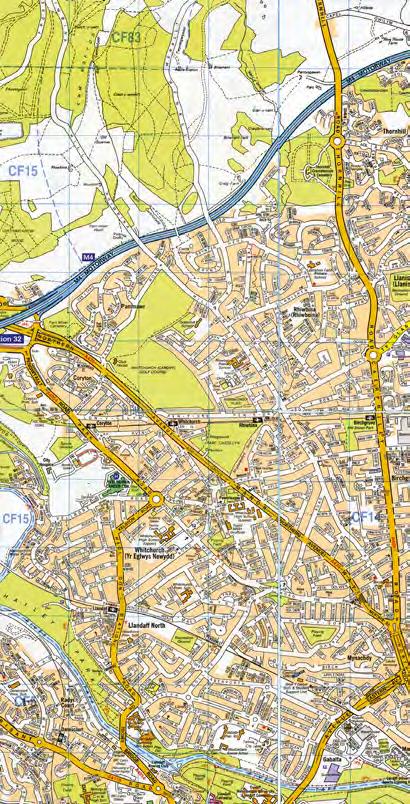

<<< INPUT 134 <<<<<<<<<<<<<<<<<<< MEGAN HILL 69





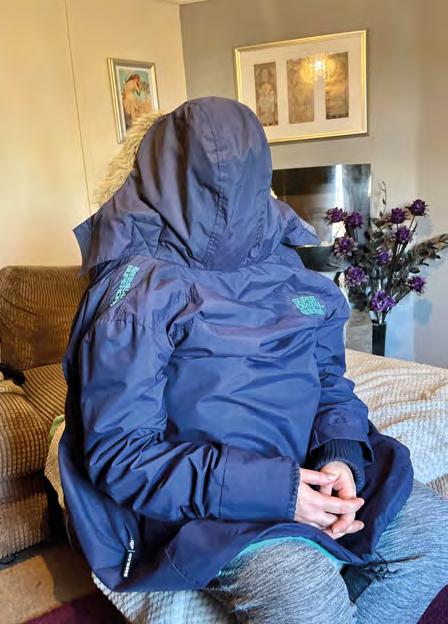
<<< BITS AND PIECES <<<<<<<<<<<<<<<<<<<<<<<<< 72


<<< INPUT 136 <<<<<<<<<<<<<<<<<<< CAITLIN JAMES 73
Rachel?
Nanny

It’s Caitlin but yes?
The lady stole my jewellery
Text Message N

<<< ALICE <<<<<<<<<<<<<<<<<<<<<<<<<<<<<<<<<<<< 75

<<< INPUT 138 <<<<<<<<<<<<<<<<<<< ALICE HOFFLAND 76
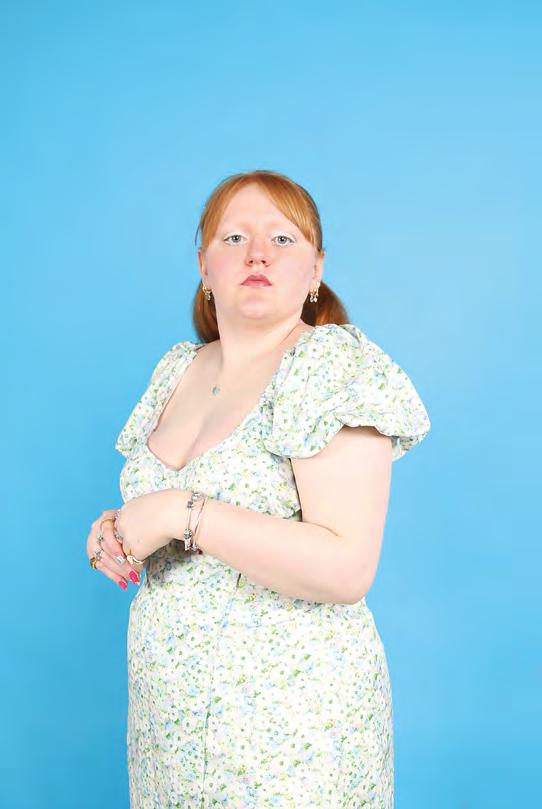

<<< STUPID MASCULINITY <<<<<<<<<<<<<<<<<<<<<<<<< 79
<<< INPUT 140 <<<<<<<<<<<<<<<<<<<< JACK HALFORD 79
IMAGINARY

CLASSIC

CULTURE
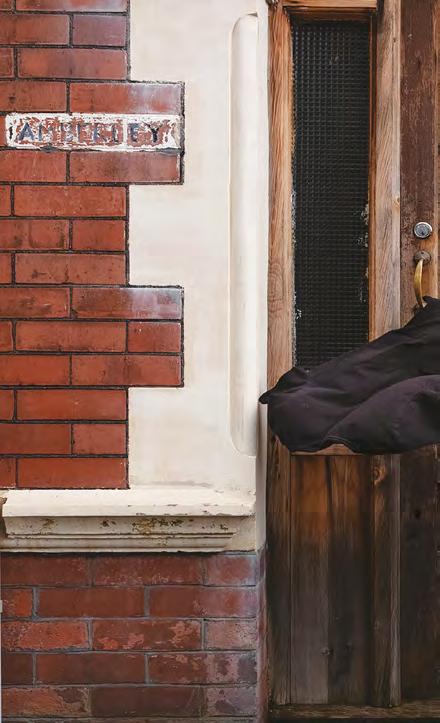
<<< REDISCOVERED <<<<<<<<<<<<<<<<<<<<<<<<<<<<<< 84
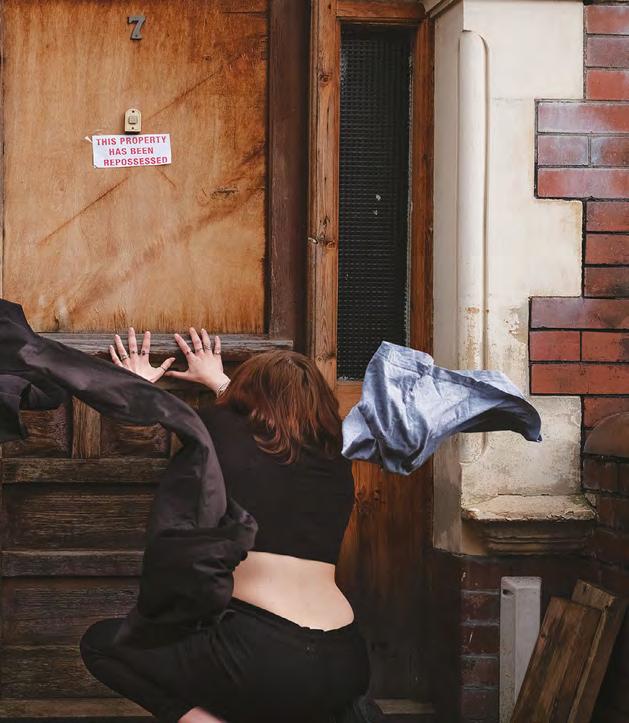
<<< INPUT 142 <<<<<<<<<<<<<<< MARSHALL EDWARDS 85



<<< BLINDSIDE FLANKER <<<<<<<<<<<<<<<<<<<<<<< 88 <<<

<<< INPUT 144 <<<<<<<<<<<<<<<<<<<< GRACE LEGGETT 89






<<< NOW YOU SEE ME <<<<<<<<<<<<<<<<<<<<<<<<<<<<< 94






<<< INPUT 146 <<<<<<<<<<<<<<<<<<<< MAREAH ALI 95 [Now You]





[See Me]
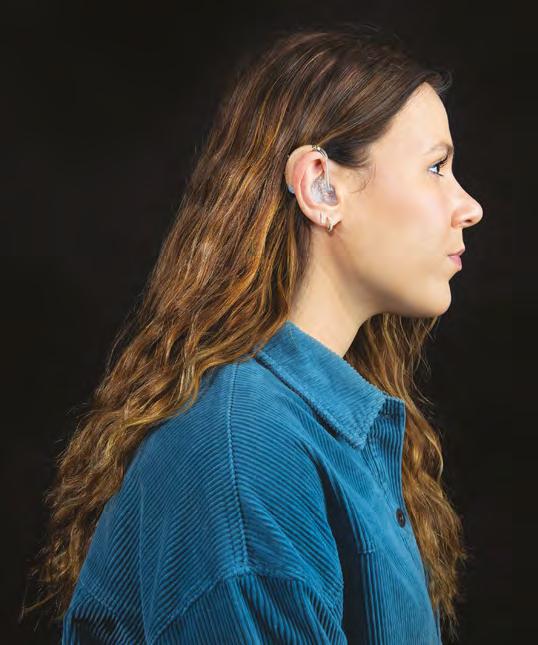


<<< BUT WHERE ARE YOU REALLY FROM? <<<<<<<<<<<<<<<< 98

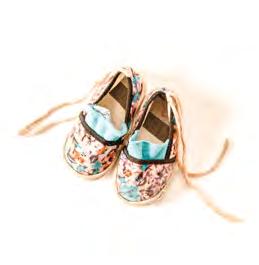
<<< INPUT 148 <<<<<<<<<<<<<<<<<<< AMY MASTERS 99


<<<<<<<<<<<<<<<<<<<<<<<<<<<<<<<<<<<<<<<<<<<<<<
INPUT
<<<<<<<<<<<<<<<<<<<<<<<<<<<<<<<<<<<<
02
TRADEMARK
<<<<<<<<<<<<<<<<<<<<<<< USW BA Photography 2023
<<< CONTENTS <<<<<<<<<<<<<<<<<<<<<<<<<<<<<< 105 Alice Forde 106 Gareth Williams 108 Maisie Evans 110 Joss Copeman 112 Kseniia Rusu 114 Ffion Lloyd-Jones 116 Abby Wicks 118 Tamzin Ward 120 Rachel Saabor 122 Emma Fadden 124 Vojta Voves 126 Ella Jenkins 128 Ben Peake 130 Holly Holder 132 Megan Hill 134 Caitlin James 136 Alice Hoffland 138 Jack Halford 140 Marshall Edwards 142 Grace Leggett 144 Mareah Ali 146 Amy Masters 148
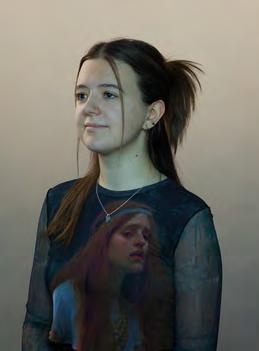

TOUCH
ALICE
<<< 106 <<<<<<<<<<<<<<<<<<<<<<<<<<<<<<< 300 << 22222
ME
FORDE
Alice Forde’s Touch Me explores the ambiguity surrounding physical touch in modern society. Building on the dictionary definition of touch as ‘there being no space between two things’, these things are replaced by people and posed to create touches, holds and positions between them. The work is deliberately placed on the fine line between the preconceived depiction
of good and bad touch and aimed at provoking a reaction or discussion that will inevitably be different for everyone. This is especially significant in a post covid world and at a time when the topic of touch between each other has shifted. People have reconsidered and changed their feelings from what they were only a couple of years ago.

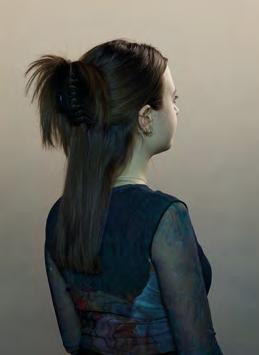
<<< OUTPUT 15 <<<<<<<<<<<<<<<<<<<<<<<<<<<<< 107
WHEN THE FUN FIZZLES GARETH WILLIAMS
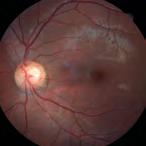
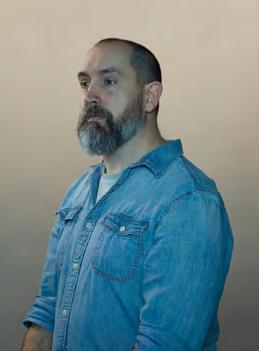
<<< 108 <<<<<<<<<<<<<<<<<<<<<<<<<<<<<<< 165 << 89599
When The Fun Fizzles, by Gareth Williams, takes a documentary approach that includes his own photography and abstracts from historic John Hinde postcards that offer a hint of his upbringing. Williams’ work focuses on Barry Island and how when you peel back the surface layer of seaside romanticism and charm, we are greeted with its unsettling darker side, at times imbued with an oppressive intimacy. Nostalgia cements lifelong

feelings, and as a child his eyes only saw the world with rose tinted vision. The grandeur of Barry Island though has now faded. Eyes opened, he sees what’s really there. Barry Island has become blanched and the pedestal it once had is now tarnished and tired, showing that the seaside can be a place of privilege but also great poverty. Williams’ images provide an antidote to the easy assumptions about the great British seaside.

<<< OUTPUT 19 <<<<<<<<<<<<<<<<<<<<<<<<<<<<< 109


ALLURE MAISIE EVANS <<< 110 <<<<<<<<<<<<<<<<<<<<<<<<<<<<<<< 300 << 11031
Maisie Evans’ body of work, Allure, is comprised of twelve digital photographs that primarily explore how colours are used within the city to provoke and influence the emotions and desires of the viewers. Inspiration has been taken from key paintings and painters from the last century, as well as the photographers who later picked up on this abstract approach and applied it
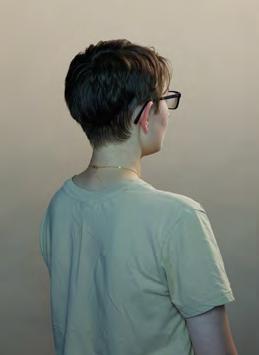
to their own practice. The photographs have been purposefully crafted to mimic how the human eye and mind perceives the world around us, and to immerse the viewer in the beautifully vivid photographs. The movements of the lights within the frame reflect the sensations and anxiousness felt by the photographer caught within this consuming society.

<<< OUTPUT 22 <<<<<<<<<<<<<<<<<<<<<<<<<<<<< 111

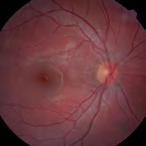
21 YEARS JOSS
<<< 112 <<<<<<<<<<<<<<<<<<<<<<<<<<<<<<< 300 << 20078
COPEMAN
Joss Copeman’s work is centred around queer politics, the self and received notions of sexuality in post-capitalist society. Section 28, part of the Local Government Act enacted in 1988, was legislation that criminalised the promotion of homosexuality; a law that was designed to invalidate gay men and their experience of life. Born in 2002, the year before Section 28 was repealed, Copeman grew up in the shadow of the

legislation. Section 28’s legacy is one of shame, naturally lending itself to self-destructive behaviours. 21 years aims to rupture the confines of this shame and instead promote sex positivity. Copeman explores the extent of these feelings within the norms of everyday experiences and the ways in which we choose to present ourselves, embedded within much deeper sentiments of the self such as loneliness, disgust and embarrassment.

<<< OUTPUT 26 <<<<<<<<<<<<<<<<<<<<<<<<<<<<< 113

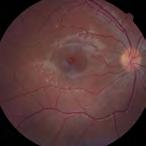
CHASING THE SUN KSENIIA RUSU <<< 114 <<<<<<<<<<<<<<<<<<<<<<<<<<<<<<< 300 << 25544
Chasing The Sun is a series of images created in various states of mind of a person diagnosed with schizophrenia. As a Russian image-maker, Kseniia Rusu draws attention to the cross-cultural reality of living with this illness. Each photograph explores aspects of life with this illness, depicting different forms of paranoia and various experiences of psychotic symptoms in everyday life. Images are taken of familiar places and activities to the photographer; the photos

are then edited in colour to correlate with the mental state experienced when the picture was captured. Chasing The Sun is a project that shows beauty in the darkness of living with schizophrenia. Mental illness is largely invisible, but in these images the sun can be read as a metaphor for the schizophrenia the photographer experiences. This project is put together as a response to, and a way to gain control over, a condition that many do not understand.

<<< OUTPUT 30 <<<<<<<<<<<<<<<<<<<<<<<<<<<<< 115
FFION LLOYD-JONES


STEELING PORT TALBOT
<<< 116 <<<<<<<<<<<<<<<<<<<<<<<<<<<<<<< 300 << 27531
Ffion Lloyd-Jones’ series
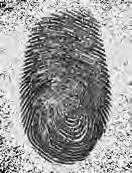

Steeling Port Talbot is a documentary project around a steel works that is obscured within the landscape. Port Talbot, a town in South Wales, was built during the development of the Steel Works, and without it the town wouldn’t exist today. Providing over 4,000 jobs, the works play a huge role in the lives of the people that live within the town today. This series makes
visible how the Steel Works have come to form such an integral part of the town’s landscape, which quickly gets overlooked and forgotten. The Steel Works have now become a foundational part of the community, as without them there would be high unemployment in the town. These images demonstrate both their visibility and their seeming invisibility within daily life and surroundings.
<<< OUTPUT 34 <<<<<<<<<<<<<<<<<<<<<<<<<<<<< 117


DISRUPTING THE NARRATIVE ABBY WICKS <<< 118 <<<<<<<<<<<<<<<<<<<<<<<<<<<<<<< 300 << 22220
Abby Wicks’ editorial like photography creates the illusion of an attainable lifestyle through narratives that tap into our desires. Assisting on lifestyle shoots revealed the extent of photography’s role in marketing an aspirational lifestyle that seems out of reach for many. By incorporating constructed personal touches and styling, Ikea presents an environment that fuels our belief in achieving that desired lifestyle. Through visual imagery,the viewers are promoted to question the authenticity and achievability of the lifestyles presented in

advertising and editorial photography, while examining how consumer culture shapes our desires and purchasing decisions. With deliberate angles, recognisable tags, faux windows, and reflective surfaces, the work subtly reveals the origins of the images. By emulating editorial aesthetics, there is an impression of an aspirational lifestyle but these are disrupted by visual clues that encourage viewers to reconsider the attainability of the manufactured lifestyle and prompt them to ask different questions.

<<< OUTPUT 38 <<<<<<<<<<<<<<<<<<<<<<<<<<<<< 119


ARCHITECTURE
TAMZIN WARD <<< 120 <<<<<<<<<<<<<<<<<<<<<<<<<<<<<<< 300 << 23991
ABRIDGED
Tamzin Ward’s project Architecture
Abridged consists of nine large scale colour prints that aim to break down the established methods and techniques typically associated with architectural photography. In this work the image-maker chooses to focus on small and abstract details, celebrating fragments and patterns
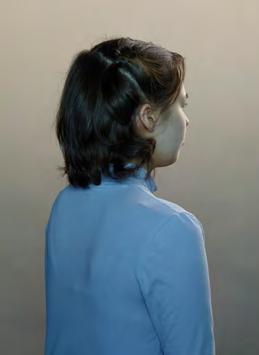
from within individual set structures; a distinct set of images highlighting different attributes that the buildings within the city of Cardiff possess. Images within Architecture Abridged seek to make the viewer think about the architecture that surrounds them on a day-to-day basis and consider the details within.
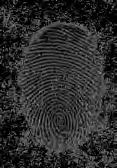
<<< OUTPUT 42 <<<<<<<<<<<<<<<<<<<<<<<<<<<<< 121


<<< 122 <<<<<<<<<<<<<<<<<<<<<<<<<<<<<<< 300 << 20086
SCENTSORY RACHEL SAABOR
Rachel Saabor’s Scentsory is a multisensory series of images and aromas that explore how smells are an unspoken trigger for victims of trauma and post-traumatic stress disorder. The work uncovers the stories of seven anonymous interviewees through large format prints; each depicts a hyper realistic reconstruction of the subject’s recollection accompanied by a smell that triggered that specific memory. The images and smells that she has created in this series are all highly fabricated.
The process behind the visual imagery consisted of finding a subject and getting to know their story; carefully selecting individual locations and then employing her team of set designers, lighting assistants, and actors to construct a thoroughly detailed medium format image. Her pictures are then accompanied by the significant scent that triggered the defined memory. Each scent has been deliberately handcrafted to mimic the subject’s experience and invite the viewer to share in that.


<<< OUTPUT 46 <<<<<<<<<<<<<<<<<<<<<<<<<<<<< 123
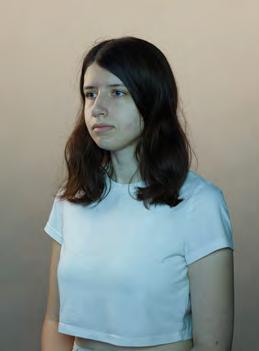
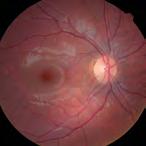
THE FORGOTTEN
<<< 124 <<<<<<<<<<<<<<<<<<<<<<<<<<<<<<< 300 << 22235
EMMA FADDEN
Emma Fadden’s body of work, The Forgotten, begins with research and interviews with students who are coping with this current cost of living crisis, and who struggle the most with inflation; this hits hard on already stretched student budgets. Students receive very little help
with this struggle, especially those with no outside intervention. The repetition of the images alludes to the constant anxiety provoked by continual spending. At its core, the work is about students having a voice in the current economic climate.


<<< OUTPUT 52 <<<<<<<<<<<<<<<<<<<<<<<<<<<<< 125
VOTJA VOVES

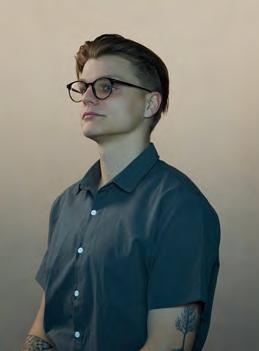
THE MEANING OF HIS OWN LIFE
<<< 126 <<<<<<<<<<<<<<<<<<<<<<<<<<<<<<< 300 << 26989
Vojta Voves, a street photographer, creates a series of photographs THE MEANING OF HIS OWN LIFE, showing people navigating through a modern city, attempting to make sense of the tense situation the society is currently in. The work’s aim is to show how volatile the world is, both economically and politically, making it that much more difficult to focus on one’s self. However, it is okay to stop and look carefully. To care about meaning.

The visual approach is inspired by analogue street photography, using the native aspect ratio of 35mm film. This work is not tied to a specific European city, but rather it uses the concept of a city as a theatre, the stage-set where people act out their daily lives. Displaying the images in black and white allows the viewers to focus on the moment itself.

<<< OUTPUT 54 <<<<<<<<<<<<<<<<<<<<<<<<<<<<< 127

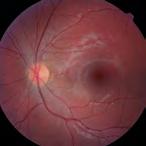
ANCHOR ELLA
<<< 128 <<<<<<<<<<<<<<<<<<<<<<<<<<<<<<< 300 << 18162
JENKINS
Ella Jenkins’ series of photographs, Anchor, depicts non-geographically specific natural landscapes that serve as moments of calm within our contemporary chaotic information environment. The relationship we have with the natural world is a complex one. It is normal to appreciate a breath-taking view but, at times, it is easy to feel overwhelmed by the sheer scale of it. Jenkins creates these pictures to remind us that this kind

of insignificance can be comforting rather than something to fear. Each image acts as an ‘anchor’ point to the image-maker, the viewer, to the place itself and the quiet that follows; an opportunity to be removed from the world of devices and constant cerebral chatter. The photographs invite the viewer into a physical space in which they can finally feel their body–anchored as it were–to their surroundings.

<<< OUTPUT 58 <<<<<<<<<<<<<<<<<<<<<<<<<<<<< 129


MEMORY BEN PEAKE <<< 130 <<<<<<<<<<<<<<<<<<<<<<<<<<<<<<< 300 << 08615
Ben Peake’s work originates in grief. In January 2021 his mother died from a rare cancer called EHE. Post diagnosis Ben was away at university, making both the illness and the death harder to come to terms with, as he was not only unable to spend time with her, but couldn’t even see the true nature of her illness. For this work he has photographed objects around the family home which, a year on, remain untouched. These things are the physical memory of who his mother was, as a person.

Paired with these are various specific statues around Cardiff, that physical, public manifestation of memory in sharp contrast to the intimate, private memories between a mother and son, and things contained within the home. Coming across these highly polished public monuments to memory gave him pause to consider his own private, painful, raw and intimate memories; and his work aims to consider these different kinds of memorialising in conjunction with each other.

<<< OUTPUT 61 <<<<<<<<<<<<<<<<<<<<<<<<<<<<< 131
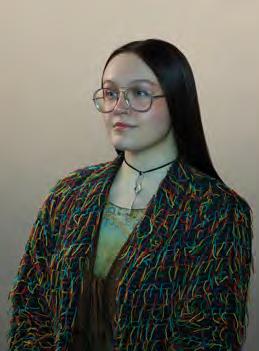

LADY HOLLY HOLDER <<< 132 <<<<<<<<<<<<<<<<<<<<<<<<<<<<<<< 300 << 24015
Holly Holder’s work embodies an abstract and conceptual visual language that is centred around the human psyche, gender and the self. Her current project, lady is a body of work focused on the woman as an archetype, placing the female gaze at the forefront of the photographic effort to reclaim female representation. The imagery explores the frustration and challenges in which gendered power dynamics have shaped women in a patriarchal society, governed by the male gaze. The project serves as a

passage for delving into the artist’s personal encounters and the intricacies of feminine identity, including the journey from childhood to adulthood, encompassing a range of nuanced experiences. Engaging with the female body and its form, using the artist’s own body in specific images, the work utilises transgressive iconography to explode the tired tropes of received ideas of femininity and domesticity, and the role of the woman in the photographic landscape.
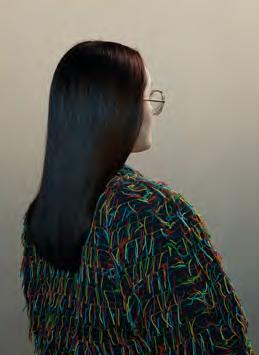
<<< OUTPUT 63 <<<<<<<<<<<<<<<<<<<<<<<<<<<<< 133


HE COULD WALK PAST ME IN THE STREET MEGAN HILL <<< 134 <<<<<<<<<<<<<<<<<<<<<<<<<<<<<<< 300 << 23987
Megan Hill’s series, He could walk past me in the Street is a hazy memoir of a man who was last seen by two people over 48 years ago. The series explores a man who arrived from Hungary and ended up leaving his birth child, Hill’s father, which remained unknown to her for over two decades. Focusing on the first marriage between Hill’s grandmother and her father’s birth father, the visual concept
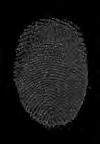
is a reconstruction of memories given to Hill by her father and his aunt; alongside this exploration Hill used a map of the local area to visualise where the events took place, absurdly close to where Hill herself lived. The turning point in this project for Hill was the discovery of Ancestry.com to find information her family couldn’t provide.

<<< OUTPUT 68 <<<<<<<<<<<<<<<<<<<<<<<<<<<<< 135
BITS AND PIECES CAITLIN JAMES

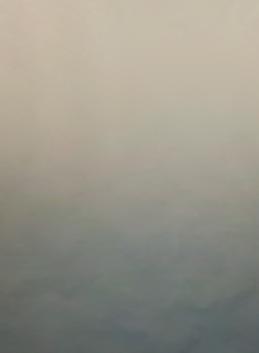
<<< 136 <<<<<<<<<<<<<<<<<<<<<<<<<<<<<<< 300 << 26087
Caitlin James’ work centres around her own grandmother’s experience of having Alzheimer’s disease. She has created a photography book that displays the range of symptoms that her Nan developed over time, such as mixed up jobs that are seen as everyday tasks or like putting clothes on backwards. Her visual
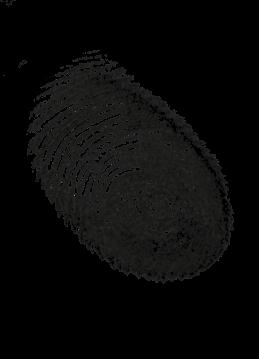
strategy is that of documentary photography and aims to give an insight into the life of an Alzheimer sufferer on both good days and bad, in both intimate contexts and social events. Her goal is to spread awareness not just of the progress of disease but as well the symptoms to be watchful of over time.

<<< OUTPUT 72 <<<<<<<<<<<<<<<<<<<<<<<<<<<<< 137


ALICE ALICE HOFFLAND <<< 138 <<<<<<<<<<<<<<<<<<<<<<<<<<<<<<< 300 << 24010
Alice Hoffland’s work looks at self-presentation and adornment, highlighting how the different aesthetics of each look will foreground different characteristics, for example, confidence, daintiness or power. Colour is used in each image even if it’s just a splash, highlighting its importance to each look. Her works aims to showcase how this human activity
elevates a person, and can show various sides to that person; for example, she is quiet and reserved but her clothing shows an opposite to that with bright colours and quirky attire. Clothing, jewellery, and makeup all contribute to an aesthetic each of which can be used to create a variety of feelings both for the viewer and the wearer.

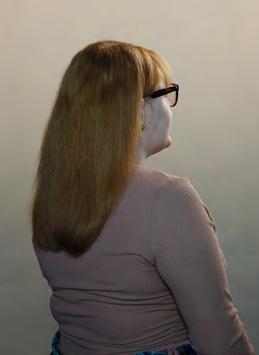
<<< OUTPUT 75 <<<<<<<<<<<<<<<<<<<<<<<<<<<<< 139
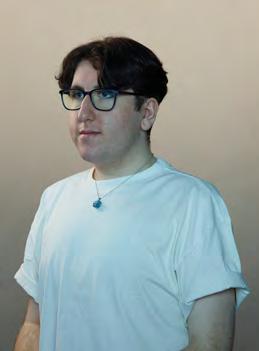

<<< 140 <<<<<<<<<<<<<<<<<<<<<<<<<<<<<<< 300 << 22232
STUPID MASCULINITY JACK HALFORD
Jack Halford is a photographer working to redefine the ideologies around masculinity in fashion. In his most recent project, STUPID Masculinity, Jack has collaborated with a spectrum of sexual and gender identities. Blurring the lines between fashion editorial and portraiture photography, Halford develops a collective of ideas within STUPID Masculinity. Underpinned by research, Halford interviews each participant to gain deeper understanding and investigate their personal thoughts on masculinity and finally asking them ‘In one word, what is masculinity to you?’
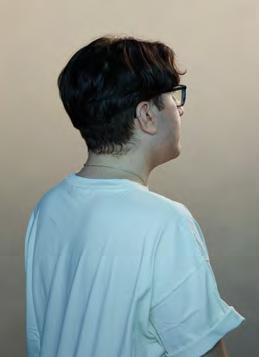
Providing an aesthetic vehicle for self-expression and acceptance, STUPID Masculinity is a conversation between photographer and participant facilitating the elevation of questions around masculinity away from its usual toxic stigmatisation. STUPID Masculinity begins to deconstruct the stereotypes, whilst breaking down the barriers that society has formed, allowing for the celebration of the word masculinity.

<<< OUTPUT 79 <<<<<<<<<<<<<<<<<<<<<<<<<<<<< 141


REDISCOVERED
<<< 142 <<<<<<<<<<<<<<<<<<<<<<<<<<<<<<< 300 << 24014
MARSHALL EDWARDS
Marshall Edwards’ Rediscovered follows the lives of four recovering drug addicts based in Newport, South Wales. Each of the four have been interviewed, talking through their stories of drug addiction, touching on their lowest points addicted to drugs, but also how they are taking the right steps to recover and become clean of drug addiction. They are all connected to the Gwent Drug Addiction Services. GDAS have allowed people involved in this project
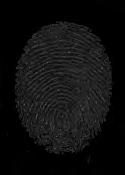
to get their lives back on track, offering food stations and support groups to help them. The works created are reconstructions showing the low points in their life in contrast to the recovery images. Drug addiction is a huge problem in the UK. 1 in 11 adults aged 16 to 59 years (approximately 3 million) reported drug use in June 2022. The emphasis in the work however is on what each person is doing to recover from their drug addiction.

<<< OUTPUT 84 <<<<<<<<<<<<<<<<<<<<<<<<<<<<< 143


BLINDSIDE
<<< 144 <<<<<<<<<<<<<<<<<<<<<<<<<<<<<<< 300 << 22238
FLANKER
GRACE LEGGETT
Grace Leggett’s Blindside

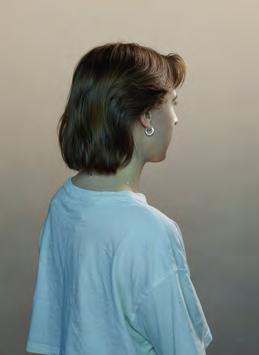
Flanker focuses on local rugby clubs in North Cardiff. The Blindside Flanker is a position in Rugby that often goes unnoticed, this player enables the wider team to take notice of weak spots and move forward against opposition. The challenging role is such an important factor in the movement of the game. Our local clubs, and all who contribute to
making every aspect of them run smoothly, embody the position of this Blindside Flanker—where the key work is unseen but so vital. Leggett has given visibility to all these characters, individuals and families, that play the role of the Blindside Flanker in local clubs that are often the very spirit of the community.
<<< OUTPUT 88 <<<<<<<<<<<<<<<<<<<<<<<<<<<<< 145


NOW YOU SEE ME MAREAH ALI <<< 146 <<<<<<<<<<<<<<<<<<<<<<<<<<<<<<< 300 << 22239
Mareah Ali is a photographer who was born profoundly deaf. Deafness is an invisible disability most of the time and she aims to make this more visible through her images. Her recent project Now You See Me is about heightened visibility and empowerment. Disability is often defined by disadvantage, but Ali wants to flip
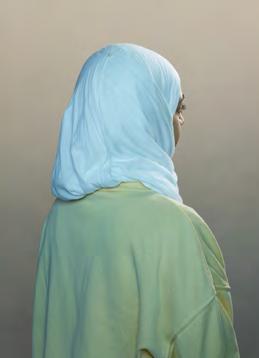
this and celebrate deaf people through positive visual images aimed at inspiring, educating and raising awareness. Her work portrays the intricacy and nuance of sign language, along with formal portraits of deaf individuals aimed at showing the whole person whose rich identity is only partially defined by their deafness.
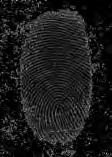
<<< OUTPUT 94 <<<<<<<<<<<<<<<<<<<<<<<<<<<<< 147


<<< 148 <<<<<<<<<<<<<<<<<<<<<<<<<<<<<<< 176 << 46499
BUT WHERE ARE YOU REALLY FROM? AMY MASTERS
Amy Masters’ series But Where Are You Really From? explores the experience of British Chinese adoptees into predominantly white families. The visual concepts consist of three typological images per person for each of the five photographed subjects, that is, face on and side profiles. The work refers to the concept of othering whereby photography from its inception is used

as a tool of dominant Eurocentric practices of classifying people. The images are anchored in the 19th century typologies that classified persons as criminal, insane or colonised. They would be referred to as, quite simply, other. These images deal with otherness and its legacy from European history and power relations in combination with white privilege over centuries.

<<< OUTPUT 98 <<<<<<<<<<<<<<<<<<<<<<<<<<<<< 149
Published by: University Of South Wales
BA (Hons) Photography
University Of South Wales
86-88 Adam Street
Cardiff
CF24 2FN
Copyright © University Of South Wales 2023
Please note: all work completed by our students as part of their studies is exempt from the University’s Welsh Language Standards Compliance Notice.
All rights reserved. No part of this publication may be reproduced, stored in a retrieval system, or transmitted in any form or by any means without written permission from the publishers.
The authors have asserted their rights to be identified as the authors of this work in accordance with the Copyright, Designs and Patents act 1988.
We would like to thank everybody who has supported this project.
All double portraits
© Andy Lo Po
In February 2023, Photographer Andy Lo Po visited the University of South Wales to run a portraiture masterclass with final year BA Photography students. Over two days, students worked closely with Lo Po to devise a carefully considered lighting set up. The double portraits included in this publication are the outcome of this masterclass. Both students and staff would like to thank Andy for his time and generosity in allowing us to publish these images.
<<< 150 <<<<<<<<<<<<<<<<<<<<<<<<<<<<<< COPYRIGHT
Cyhoeddwyd gan: Prifysgol De Cymru
BA (Anrh) Ffotograffiaeth
Prifysgol De Cymru
86-88 Stryd Adam Caerdydd
CF24 2FN
Hawlfraint: © Prifysgol De Cymru 2023
Noder: Mae’r holl waith a wneir gan ein myfyrwyr fel rhan o’u hastudiaethau wedi’i eithrio o Hysbysiad Cydymffurfio Safonau’r Gymraeg y Brifysgol.
Cedwir pob hawl. Ni chaniateir atgynhyrchu unrhyw ran o’r cyhoeddiad hwn, na’i storio mewn system adalw, na’i drosglwyddo ar unrhyw ffurf neu drwy unrhyw fodd heb ganiatâd ysgrifenedig gan y cyhoeddwyr.
Mae’r awduron wedi datgan eu hawliau i gael eu nodi fel awduron y gwaith hwn yn unol â Deddf Hawlfraint, Dyluniadau a Phatentau 1988.
Hoffem ddiolch i bawb sydd wedi cefnogi’r prosiect hwn.
Portreadau dwbl i gyd
© Andy Lo Po
Yn Chwefror 2023, bu’r ffotograffydd Andy Lo Po ar ymweliad â Phrifysgol
De Cymru i gynnal dosbarth meistr portreadau gyda
myfyrwyr blwyddyn olaf
BA Ffotograffiaeth.
Dros ddau ddiwrnod, bu’r myfyrwyr yn gweithio’n agos ac yn ofalus gydag
Andy ar y dyluniad goleuo. Y portreadau dwbl yn y cyhoeddiad hwn yw canlyniad y dosbarth meistr hwnnw. Hoffai myfyrwyr a staff ddiolch i Andy am ei amser, a’i haelioni yn caniatáu i ni gyhoeddi’r delweddau.
<<< HAWLFRAINT <<<<<<<<<<<<<<<<<<<<<<<<<<<<< 151
ISBN: 978-1-909838-64-2
Printed by / Argraffwyd gan: Taylor Brothers, Bristol / Taylor Brothers, Bryste
Published / Cyhoeddwyd: June 2023 / Mehefin 2023
Designers / Dylunwyr: Alice Forde, Jack Halford, Grace Leggett, Rachel Saabor & Oliver Norcott
Design Mentor / Mentor Dylunio: Oliver Norcott
Creative Director / Cyfarwyddydd Creadigol: Peter Bobby
Guest Writer / Awdur Gwadd: Sim Panaser
Editors / Golygyddion: Alice Forde, Jack Halford, Grace Leggett, Rachel Saabor, Magali Nougaréde & Peter Bobby
Text Editors / Golygyddion Testun: Joss Copeman, Holly Holder & Eileen Little
Translation / Cyfieithydd: Cris Dafis
Published in an edition of / Cyhoeddwyd mewn argraffiad o: 600
<<< 152 <<<<<<<<<<<<<<<<<<<<<<<<<<<<<<< COLOPHON
<<<<<<<<<<<<<<<<<<<<<<<<<<<<<<<<<<<<<<<<<<<<<<















































































































































































































